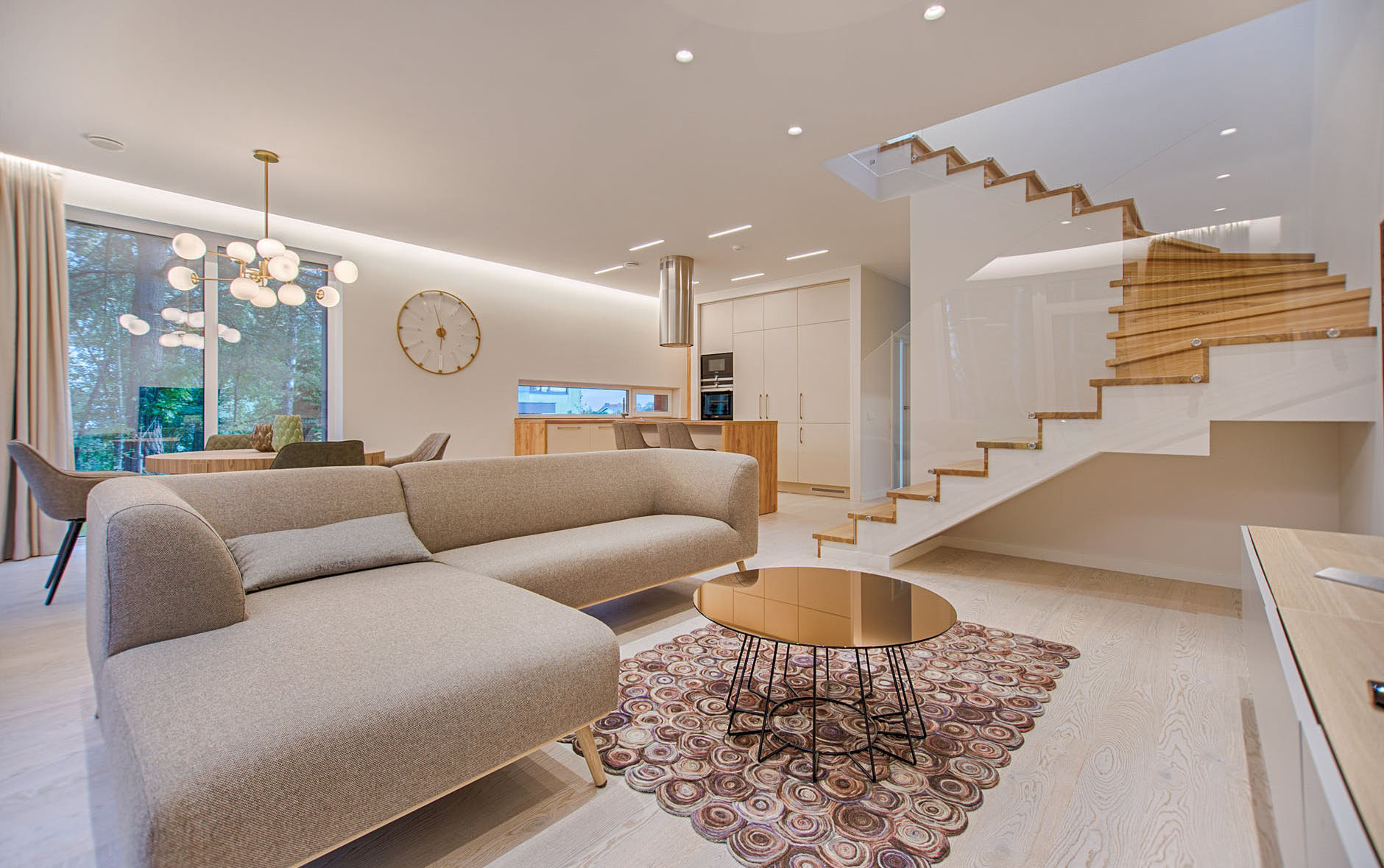There are so many great advances in the area of "smart homes" and buildings that it makes me wonder what the actual impact has been, or what I might have had to deal with, without all the smart features. The “smart” concept is to be able to secure a building with sensors that can provide safety features and collect information to reduce the risk of water damage, fire damage or other hazards.
I had a second home built and made it smart and connected in as many ways as possible. And my experience has been that I am generally more aware of all aspects of my home. I receive mobile alerts when there is motion on my front porch. I know the temperature in all areas of the house. Water sensor devices provide peace of mind in knowing that there have been no water leaks – if there is a leak, the sensors are connected to the auto shut-off valve in the basement. The SimpliSafe security system is connected to fire and police through the connected security system and fire alarm.
In essence, I know the health of my home at all times – which has been very handy to the owner of a second home.
See also: Smart Home = Smart Insurer!
From the homeowner’s viewpoint, I can see the value for an insurance carrier. My insurer worked with me by providing a discount. The process was interesting. To obtain the discount, we correlated the capabilities of new devices we installed to the older discount program that was in already place.
A connected home can be considered an asset both in the sense that it has early detection and prevention capabilities and also that it is being actively managed. However, several barriers need to be overcome. The property owner needs education and access to the combination of devices that can assist with the management of the home or building.
To address these issues, many insurers have ventured into partnerships with companies such as Amazon (Travelers) and Roost (Aviva and Erie), to name a few. But there are big challenges involved here: How do you increase the knowledge of millions of policy holders or commercial property owners? And, how do you make available the key connected devices that can, at a minimum, detect water and fire to mitigate the risk of each?
See also: How Smart Is a ‘Smart’ Home, Really?
In our most recent report, Smart Homes and Buildings: Ten Strategic Considerations for Insurers, we discuss the key considerations for insurers when developing the best value propositions, including the need to develop a deep understanding of specific customer segments, their needs and their adoption of smart devices.
For some, it may still be a few years away; for other insurers and customer segments, the time to engage in this area is now. For example, insurers that focus on segments such as second homes, vacant homes or specific types of commercial properties should be developing strategies now. But every insurer that writes property insurance must be engaged and following the developments in the smart home/property area. And they must maintain a conversation with agents and policyholders about their needs.








